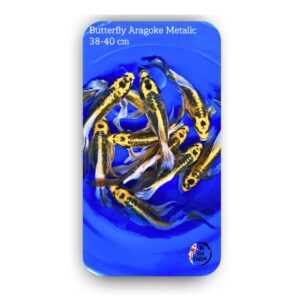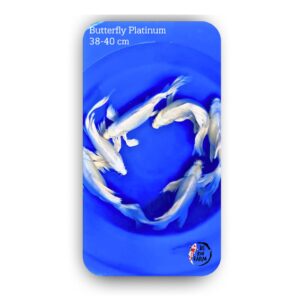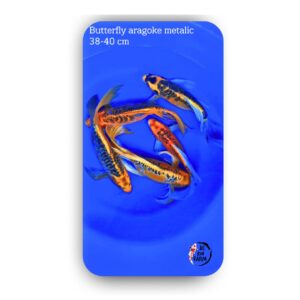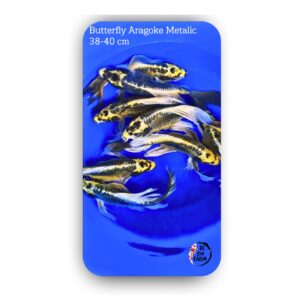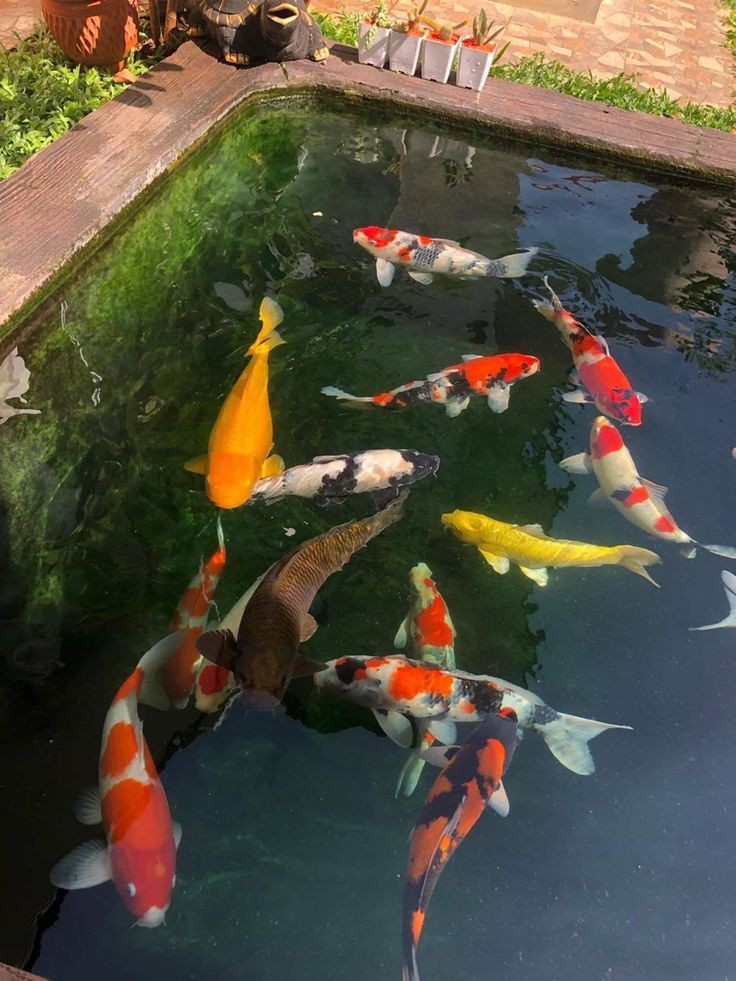
All koi keepers of course want the koi fish they keep well. But one day it may be attacked by pests or parasites which can be detrimental to the health of the koi fish. One of the most popular things that often attacks koi fish is the needle lice.
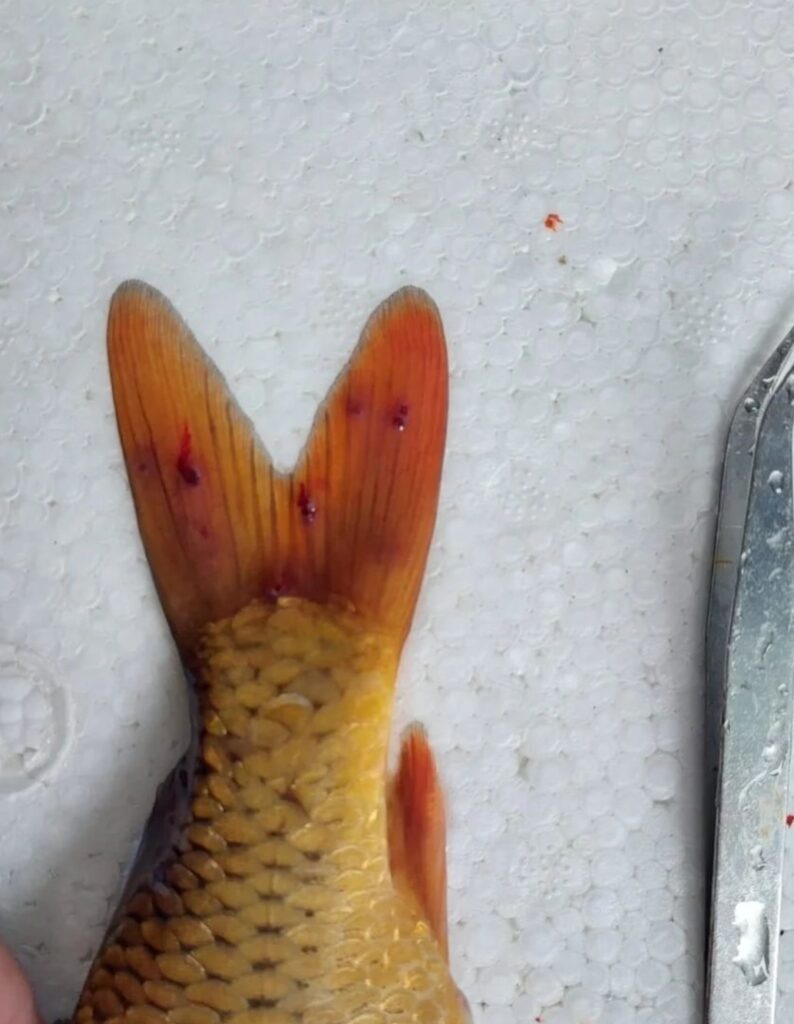
Needle lice or anchor worms are a type of parasite that can be physically seen with the naked eye, because they are quite large, namely 1 – 1.5 cm. Why is it called a needle lice, because its shape resembles a needle stuck in a koi’s body. Also called Anchor Fleas, because these animals stick their heads into the fish’s body using a kind of anchor-like device. This animal actually belongs to the crustacean group (crustaceans) with the genus Lernaea. There are many species of this animal, but the one that is often found attacking koi is the Lernaea Cyprinacea type.
The life cycle of needle lice does not go through an intermediary host and lives in pairs. The parasites are female fleas, while male fleas will die after the mating period. The female flea then enters the koi’s body tissue by anchoring its head using its body organ which resembles an anchor. In this way, the Needle Fleas can suck blood and as a result can damage the koi cells in the surrounding area.
Signs of an Anchor Worm attack
Often you see koi swimming irregularly and rubbing their bodies against the walls of the pool, or suddenly jumping out of the pool. Maybe this is a sign that your koi is being attacked by needleworms. If it gets stuck in the koi’s body, it will cause inflammation in the surrounding area and it will appear reddish in color.
Needle lice can attack all parts of the koi’s body, including the tail, fins and body of the koi (under the scales). In severe conditions, needle lice also reach the gills and make it difficult for the koi to breathe. If this condition occurs, the koi will appear lethargic or quiet. If treatment is not immediately carried out, the koi will not survive much longer.
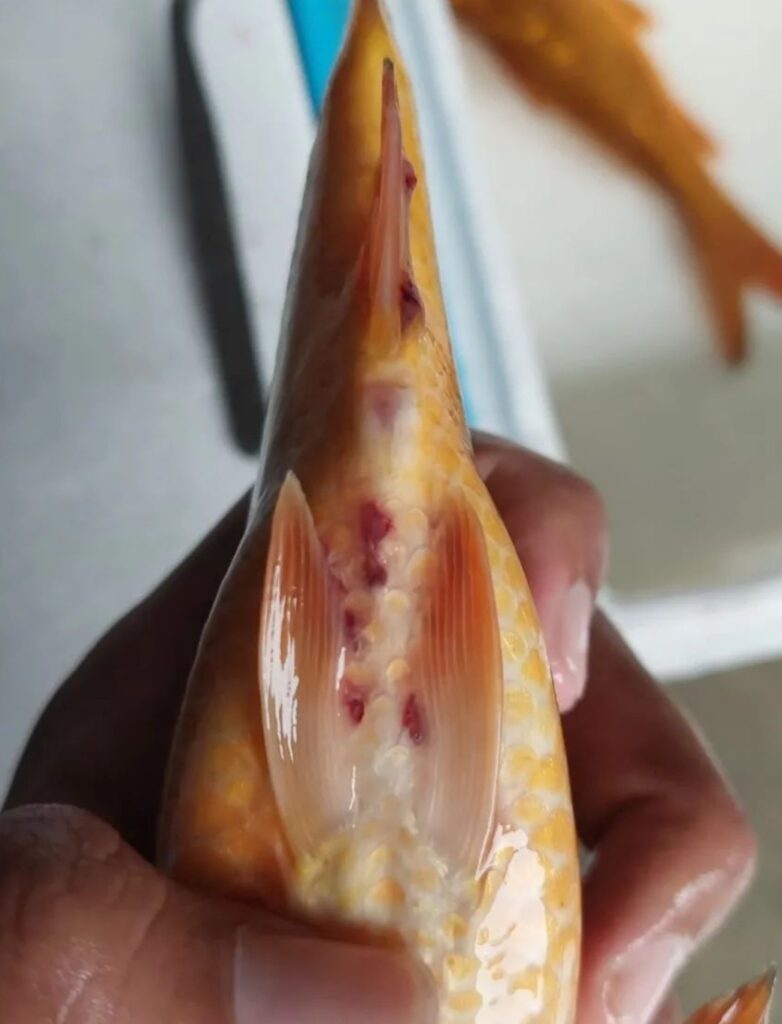
As a preventive measure, apart from always maintaining the quality of the pool water, you can periodically use dipterex, which is a type of organophosphate insecticide that can eradicate needle lice and other parasitic pests. The use of dipterex to prevent the emergence of parasites in koi ponds is carried out over a 2-week period, of course with the right dosage. First read the instructions for use.
If you find a koi that is infested with needle lice, what you can do is remove the needle lice that are attached to the koi’s body using tweezers. Do this carefully so that the head of the flea does not remain in the koi’s body, because it will cause other secondary infections. After removal, it will leave a wound on the koi’s body. Therefore, don’t forget to apply an antiseptic solution such as merchurochrome to the wound, to prevent secondary infections.
Removing needle lice should be avoided if the koi are still small or under 10 cm in size. Don’t force yourself to remove the existing needle lice, because small koi do not have sufficient resistance to other secondary infectionsKoi that are attacked by needle lice should be moved to a quarantine tank in order to monitor the condition of the koi during the treatment period.
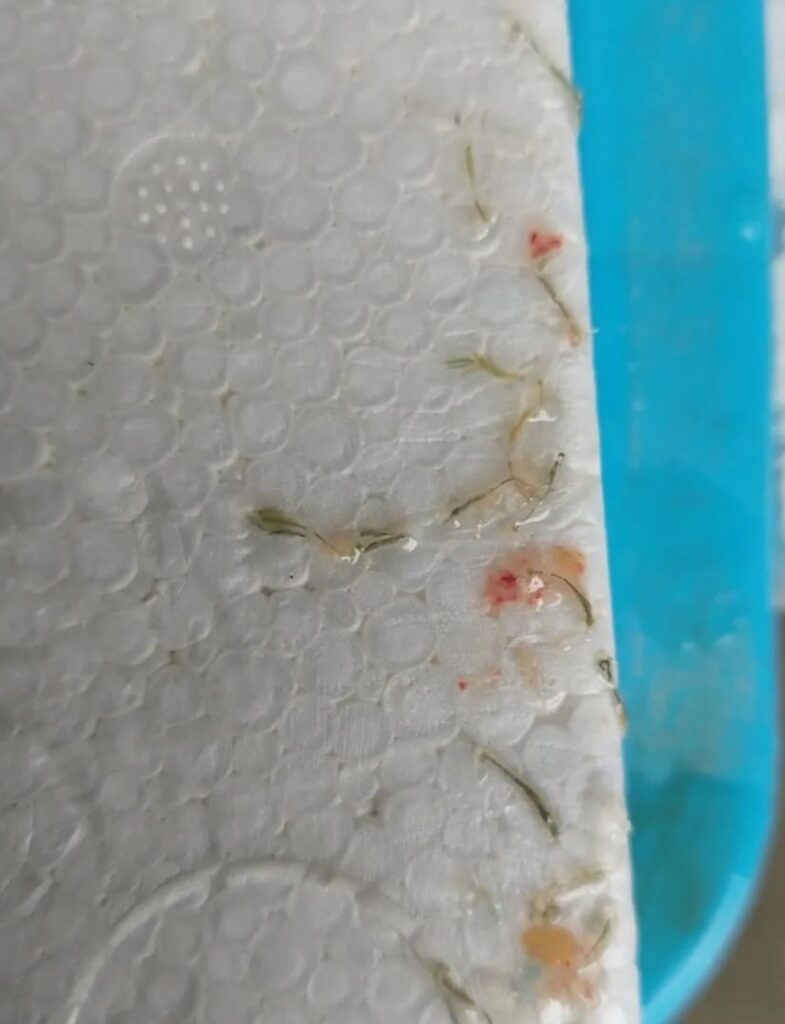
Lernaea Cyprinacea
For treatment, you can use Dimilin. For koi hobbyists, of course you are familiar with Dimilin. Dimilin is believed to be very effective in eradicating various types of copepod crustacean parasites such as Lernaea (Anchor Worm), Ergasilus (gill maggots), Argulus sp. (Fish lice). etc
Insects basically have an exoskeleton (skeleton) that is outside, unlike humans who have a skeleton inside the body. Periodically, the exoskeleton will age and fall off and then be replaced with a new one. The main component of the exoskeleton of these insects is a substance called chitin.
Dimilin works by interfering with the growth of chitin. In the larval stage, insects will continue to eat and develop normally until they shed their old exoskeleton. However, they will die because the new exoskeleton is not formed properly.

Dose: The recommended dose is 1 gram/1 ton of water. Treatment period for a weekSecond treatment 10 -14 days depending on parasite resistance.
